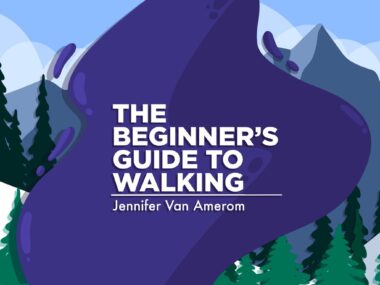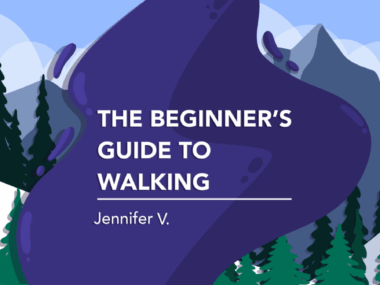What Life Has Taught Me About Insurance Coverage and Resources
Lessons about employer coverage, Medicaid, and the ABCs (and Ds) of Medicare
Written by |

Being diagnosed with a rare illness such as neuromyelitis optica (NMO) can be devastating, affecting everything from day-to-day life to relationships, work, and finances. When my youngest daughter, Bella, was diagnosed with NMO in 2017 at the age of 9, she spent six weeks in the hospital, and the bills added up to more than I will make in a lifetime.
The burden of having to pay for health insurance and medical care is not something that just affects my family; it affects thousands of families throughout the United States and the world.
In the five years since Bella was diagnosed, I’ve spent countless hours researching symptoms, treatments, doctors, and health insurance. I’ve learned that health insurance is one of the most important benefits to have because of the coverage it provides and the money that’s saved.
But during the time Bella was recovering from her NMO attack, I not only lost my job, but also my health insurance. I didn’t learn that I qualified for a special enrollment period for Medicaid until a few weeks after I lost my job, when I was applying for assistance at our local human services department.
We’ve been able to benefit from having different types of health insurance, ranging from employer-covered health insurance to our state’s Medicaid program.
Medicaid, which is jointly funded by the federal government and each state, provides coverage if you have low income or meet other criteria. It typically covers all costs related to Bella’s care, except for an occasional small amount for prescriptions. Each year I complete a redetermination for the state to ensure we still qualify for coverage.
Now that Bella is 14 and I too am growing older, I’m in the early stages of researching health insurance for when she becomes an adult. I’ve learned that Medicare, which is federally funded, provides insurance coverage for people who are 65 or older, plus those under 65 who have a disability, no matter their income.
Medicare’s coverage has a few different parts to it. Part A is inpatient hospital coverage, while Part B is for outpatient coverage, including doctor’s appointments. Part C, also known as Medicare Advantage, is with private insurance and may cover everything from Parts A and B as well as dental, vision, and hearing costs. Part D covers prescription drugs.
Part A is typically free, but Parts B, C, and often D come with monthly premiums. Those premiums can vary and sometimes are covered in full by Medicaid.
I learned that Medicare’s annual enrollment period begins each year on Oct. 15 and lasts until Dec. 7, with coverage beginning on Jan. 1 the following year. Anyone who has both Medicare and Medicaid now has quarterly enrollment periods, meaning that one change can be made to insurance once every three months. It’s never required that you make an insurance change, but you have the choice if it’s in your or your loved one’s best interest.
Medicare covers 80% of Part B costs (after a deductible), while secondary insurance — either through an employer, supplemental policy, or Medicaid — would cover the remaining 20% of services. If you have none of these secondary methods of insurance, you would pay that 20% figure out of pocket. Having full coverage and small co-payments, if any, are important to me, especially because I don’t have a lot of income to begin with.
As with any research, finding objective, fact-based resources can be a challenge. In my research on health insurance, I’ve found that each state has a Medicaid office and phone number to contact with any questions about coverage and qualifications. Medicare also has a phone number, 800-633-4227, to call for support for Parts A and B.
Each state also has a Social Security office and phone number that you can call to set up an appointment to apply for Medicare. I even learned that there’s a member service number on the back of most insurance cards that will connect you directly to get answers on your plan specifics.
While finding the best insurance coverage can be a daunting and overwhelming task, know that you’re never alone. Learning how to find help, support, and resources can alleviate the burden of NMO, even if just a little bit.
One of the most important lessons I’ve learned in my caregiver journey is to ask questions, do your research, never give up, and know you’re always supported. We’re all in this together.
Note: Neuromyelitis News is strictly a news and information website about the disease. It does not provide medical advice, diagnosis, or treatment. This content is not intended to be a substitute for professional medical advice, diagnosis, or treatment. Always seek the advice of your physician or other qualified health providers with any questions you may have regarding a medical condition. Never disregard professional medical advice or delay in seeking it because of something you have read on this website. The opinions expressed in this column are not those of Neuromyelitis News or its parent company, Bionews, and are intended to spark discussion about issues pertaining to neuromyelitis optica spectrum disorder (NMOSD).







Leave a comment
Fill in the required fields to post. Your email address will not be published.